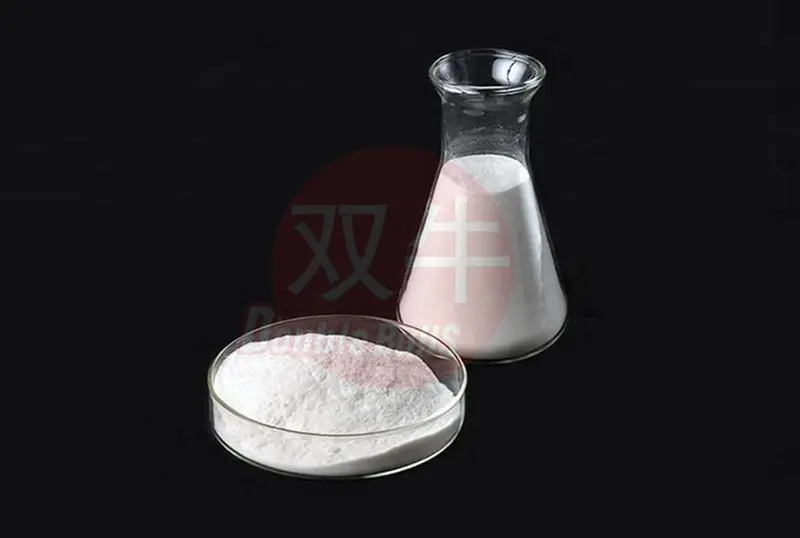In the production of honeycomb ceramics, the following methods can be used:cellulose etherModification methods to improve the high temperature resistance of ceramics:
Synthesis of composite cellulose ether: Modification of ionic cellulose ether by compounding with non-ionic cellulose ether. Ionic cellulose ethers such as carboxymethyl cellulose (CMC) or polyanionic cellulose (PAC), non-ionic cellulose ethers such as hydroxypropyl methyl cellulose (HPMC), hydroxyethyl cellulose (HEC), etc., are added in a ratio of 30-50wt% of ionic cellulose ether and 50-70wt% of non-ionic cellulose ether, with 5-10wt% of modifier added based on the total amount of cellulose ether, such as acrylic acid 2-hydroxyethyl ester, etc. The dry powder is first mixed in a high-speed airflow mixer, and then the modifier is sprayed and dried to obtain composite cellulose ether. This modification method can better coat inorganic raw material particles with small molecule ionic cellulose, form a larger cross-linked network with non-ionic cellulose, improve the molding performance and shape retention of clay materials, and help ceramics maintain structural stability at high temperatures.
Improve etherification and substitution degree: By adjusting the synthesis process of cellulose ether, increase its etherification and substitution degree. For example, with the increase of substitution degree, the thermal stability of methyl hydroxyethyl cellulose is enhanced, and the precipitation temperature increases. In honeycomb ceramics, it can maintain stable performance at higher temperatures, reduce ceramic structural defects caused by cellulose ether decomposition or failure, and thus improve the high-temperature resistance of ceramics.
Introducing high-temperature resistant groups: Introducing high-temperature resistant groups or side chains into cellulose ether molecules through chemical reactions. For example, silicon containing groups can be introduced. Silicon elements have good high temperature resistance and chemical stability, which can improve the thermal stability of cellulose ethers and make them less prone to decomposition at high temperatures, thereby enhancing the high temperature resistance of honeycomb ceramics.
Compound with high-temperature resistant additives:cellulose etherMix with other high-temperature resistant additives for use. If a small amount of high-temperature resistant resin (such as heat-resistant phenolic resin, polyimide resin) is added and compounded with cellulose ether. These resins have thermoplasticity at low temperatures and can encapsulate organic compounds such as cellulose ethers, hindering their combustion rate and avoiding excessive temperature gradients and thermal stresses caused by rapid decomposition of organic compounds during the firing process of honeycomb ceramics; During the intermediate temperature stage, thermosetting resin solidifies, providing intermediate temperature strength and resistance to thermal stress. In addition, some nanoparticles (such as alumina nanoparticles, silica nanoparticles) can also be added, which can fill the internal pores of ceramics, improve the microstructure of ceramics, andcellulose etherSynergistic effect improves the high temperature resistance and mechanical strength of ceramics.


TEL:+86 (0311) 8444 9786
Email:sales@double-bulls.com
Email:Export@double-bulls.com
Address:No.9 Weisi Road, Jinzhou City Eco-nomic Development Zone, Shijiazhuang City, Hebei Province.

Website

Brochure

Video